8+ Periodic Sentence Examples
There are many ways a person can write and speak, which can augment the tone, theme, context, or concept of the whole sentence. One can adopt a periodic sentence structure to increase and emphasize the main idea of the sentence, which can be in the form of a common noun, a proper noun, a verb, or a direct object.
1. Periodic Sentence Example
2. Functional Analysis of Periodic Sentences in Rasselas
3. Periodic Sentence Loose Sentence
4. Words to Periodic Sentence Describe Diction
5. Periodic Sentence Multiple Choice Practice
6. Cumulative, Inverted, and Periodic Sentences
7. French Mnemonics for Periodic Sentences Table
8. Periodic and Loose Sentences Example
9. The Periodic Sentences Table
What Is a Periodic Sentence?
A periodic sentence is a short sentence that has the main point or idea of the whole sentence at the end of the statement. The author or speaker adds or inserts additional information before the main point is addressed.
How to Write a Periodic Sentence
A periodic sentence follows a strict structure that a person can easily follow or leverage to their advantage. This means that it doesn’t take that much hard skill, soft skill, or writing skill to create and use periodic sentences in one’s writing or speeches.
Step 1: Choose or Select the Main Theme or Concept of the Periodic Sentence
The main point of the periodic sentence is to emphasize the main idea, theme, or concept of the overall sentence. This means that you will need to choose or select the main theme or concept of the periodic sentence.
Step 2: Obtain or Use a Periodic Sentence Outline or Outline Format
You may opt to use or obtain a periodic sentence outline or outline format that will help you provide a structure for your periodic sentence. The outline will also help provide you with a working format that you can use to write or create your periodic sentence.
Step 3: Write the Periodic Sentence
When you have finished your preparation for your periodic sentence, you will now start to write the periodic sentence. Be sure to insert or add the main point or idea of the sentence at the end of the statement.
Step 4: Edit or Have Someone Proofread the Periodic Sentence
After you have finished creating or crafting the periodic sentence you must edit or have someone proofread the contents of your periodic sentence. This will ensure that the periodic sentence is understandable and has little to no room for errors.
FAQs
Simple sentence vs. periodic sentence; what is the difference between these two types of sentences?
A simple sentence is a type of sentence one can write that will simply convey a specific message. This type of sentence does not have a fixed sentence structure and is very general or generic. A periodic sentence is a type of sentence one can write that will emphasize the main idea or point of the sentence by adding additional information and having a strict sentence structure.
Loose sentence vs. periodic sentence; what is the difference between these two types of sentences?
A loose sentence is a type of sentence structure one will use to emphasize the main idea by placing it at the beginning of the sentence. The writer adds dependent clauses as additional information after the main idea. The periodic sentence acts as the pure juxtaposition of this type of sentence as it will push the main idea at the end of the statement instead.
Parallel sentence vs. periodic sentence; what is the difference between these two types of sentence structure?
A parallel sentence is a type of sentence structure that uses the consistent structure of verbs and forms of nouns to improve the readability and flow of the whole statement. A periodic sentence is a type of sentence structure that forces the writer to adhere to a strict structure or sentence style, wherein the author or speaker introduces the main idea at the end of the sentence.
A periodic sentence is a specific stylistic sentence structure the writer or speaker can use to emphasize the main point of the sentence or statement. A well-written periodic sentence will make one’s target audience easily understand and know the main point of the overall sentence or statement.
8+ Periodic Sentence Examples

There are many ways a person can write and speak, which can augment the tone, theme, context, or concept of the whole sentence. One can adopt a periodic sentence structure to increase and emphasize the main idea of the sentence, which can be in the form of a common noun, a proper noun, a verb, or a direct object.
1. Periodic Sentence Example
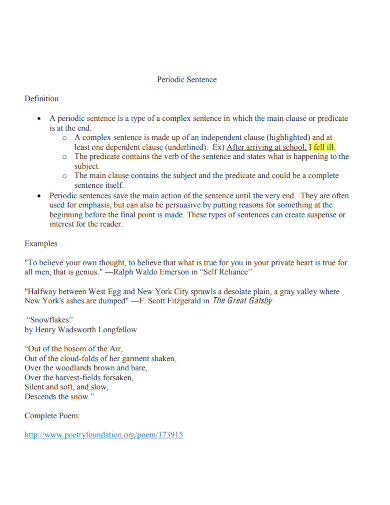
mrslamp.files.wordpress.com
Details
File Format
PDF
Size: 51 KB
2. Functional Analysis of Periodic Sentences in Rasselas
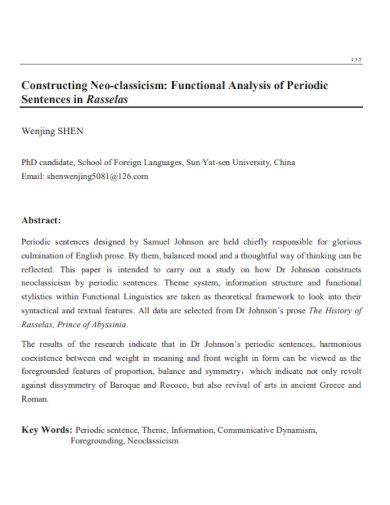
repository.cam.ac.uk
Details
File Format
PDF
Size: 56 KB
3. Periodic Sentence Loose Sentence
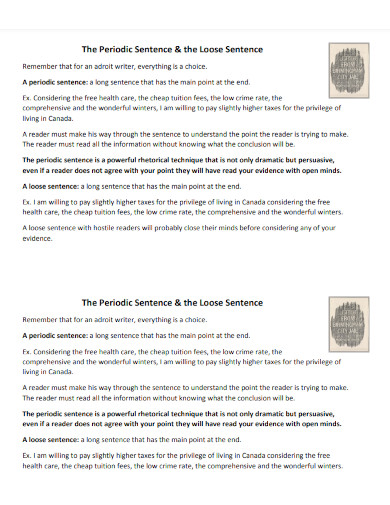
kriegerland.net
Details
File Format
PDF
Size: 81 KB
4. Words to Periodic Sentence Describe Diction

rcsdk12.org
Details
File Format
PDF
Size: 74 KB
5. Periodic Sentence Multiple Choice Practice
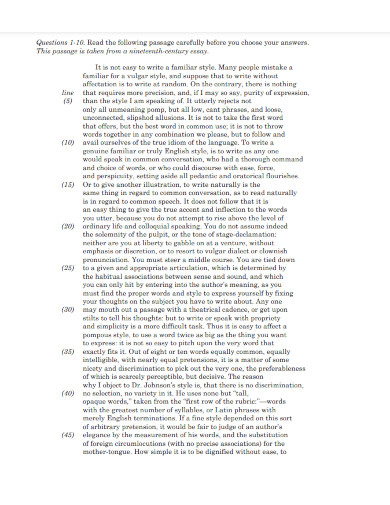
pittsfordschools.org
Details
File Format
PDF
Size: 82 KB
6. Cumulative, Inverted, and Periodic Sentences
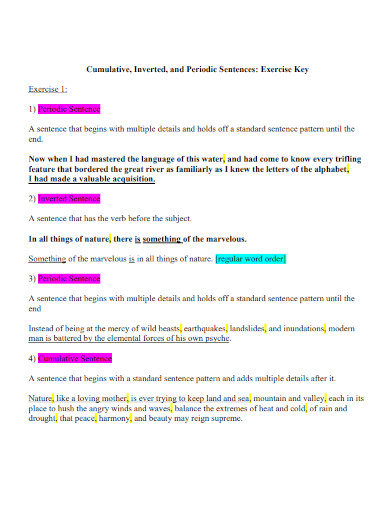
mrsknapp.weebly.com
Details
File Format
PDF
Size: 54 KB
7. French Mnemonics for Periodic Sentences Table

pubs.acs.org
Details
File Format
PDF
Size: 57 KB
8. Periodic and Loose Sentences Example
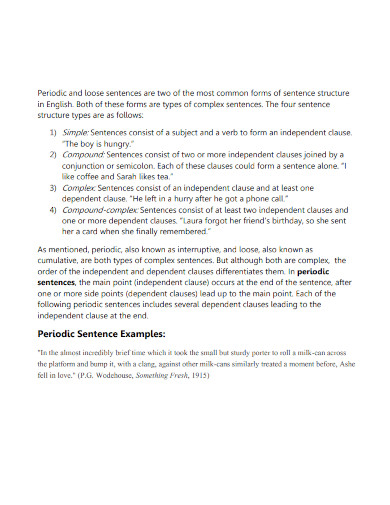
kumc.edu
Details
File Format
PDF
Size: 63 KB
9. The Periodic Sentences Table
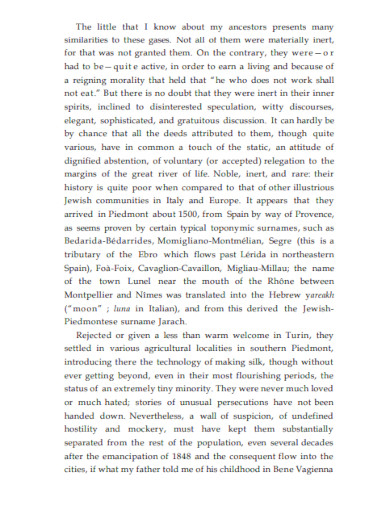
arvindguptatoys.com
Details
File Format
PDF
Size: 89 KB
What Is a Periodic Sentence?
A periodic sentence is a short sentence that has the main point or idea of the whole sentence at the end of the statement. The author or speaker adds or inserts additional information before the main point is addressed.
How to Write a Periodic Sentence
A periodic sentence follows a strict structure that a person can easily follow or leverage to their advantage. This means that it doesn’t take that much hard skill, soft skill, or writing skill to create and use periodic sentences in one’s writing or speeches.
Step 1: Choose or Select the Main Theme or Concept of the Periodic Sentence
The main point of the periodic sentence is to emphasize the main idea, theme, or concept of the overall sentence. This means that you will need to choose or select the main theme or concept of the periodic sentence.
Step 2: Obtain or Use a Periodic Sentence Outline or Outline Format
You may opt to use or obtain a periodic sentence outline or outline format that will help you provide a structure for your periodic sentence. The outline will also help provide you with a working format that you can use to write or create your periodic sentence.
Step 3: Write the Periodic Sentence
When you have finished your preparation for your periodic sentence, you will now start to write the periodic sentence. Be sure to insert or add the main point or idea of the sentence at the end of the statement.
Step 4: Edit or Have Someone Proofread the Periodic Sentence
After you have finished creating or crafting the periodic sentence you must edit or have someone proofread the contents of your periodic sentence. This will ensure that the periodic sentence is understandable and has little to no room for errors.
FAQs
Simple sentence vs. periodic sentence; what is the difference between these two types of sentences?
A simple sentence is a type of sentence one can write that will simply convey a specific message. This type of sentence does not have a fixed sentence structure and is very general or generic. A periodic sentence is a type of sentence one can write that will emphasize the main idea or point of the sentence by adding additional information and having a strict sentence structure.
Loose sentence vs. periodic sentence; what is the difference between these two types of sentences?
A loose sentence is a type of sentence structure one will use to emphasize the main idea by placing it at the beginning of the sentence. The writer adds dependent clauses as additional information after the main idea. The periodic sentence acts as the pure juxtaposition of this type of sentence as it will push the main idea at the end of the statement instead.
Parallel sentence vs. periodic sentence; what is the difference between these two types of sentence structure?
A parallel sentence is a type of sentence structure that uses the consistent structure of verbs and forms of nouns to improve the readability and flow of the whole statement. A periodic sentence is a type of sentence structure that forces the writer to adhere to a strict structure or sentence style, wherein the author or speaker introduces the main idea at the end of the sentence.
A periodic sentence is a specific stylistic sentence structure the writer or speaker can use to emphasize the main point of the sentence or statement. A well-written periodic sentence will make one’s target audience easily understand and know the main point of the overall sentence or statement.


